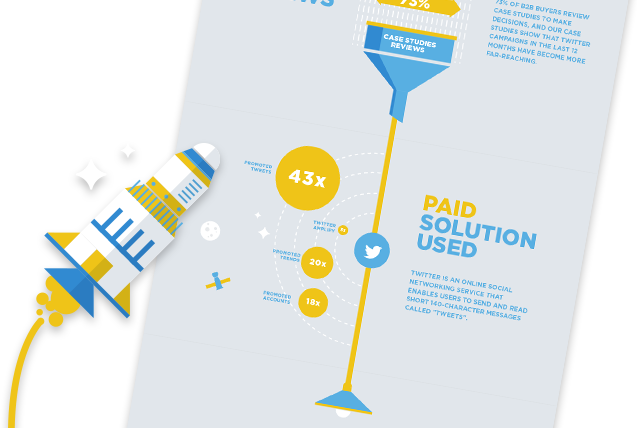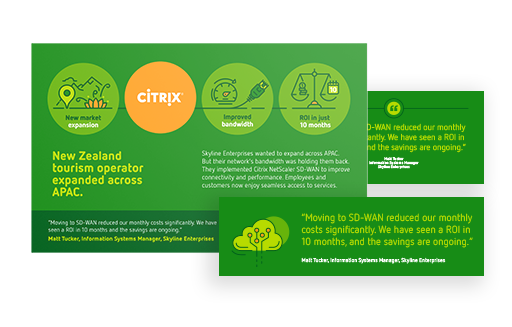Have you ever stumbled on a pain point and wondered how to turn it into an opportunity? Well, you're in luck! We're diving into the art of identifying pain points and turning them into opportunities. By the end of this article, you'll have some practical tips and tricks up your sleeve to help your clients and customers thrive. So, let's jump right in!Recognizing Pain Points: The First Step to Opportunity
To turn pain points into opportunities, you first need to identify them. Here are some tried-and-true methods for uncovering those pesky pain points:
- Conduct customer interviews. There's no better way to understand your customers' challenges than by asking them. Get on the phone, schedule a Zoom call, or even meet up in person to pick their brains and find out what keeps them up at night.
- Send out surveys. Surveys are a quick and easy way to gather insights from a larger audience. Just make sure to keep the questions concise, relevant, and targeted to get the most useful data.
- Monitor social media and online forums. Tune in to conversations on platforms like LinkedIn, Twitter, and industry-specific forums. Liten to identify common pain points among your target audience.
For example, let's say you notice customers are complaining about a lack of actionable data. This is a clear pain point that needs addressing.
Analyzing and Prioritizing Pain Points
Once you've identified pain points, it's time to analyze and prioritize them. Categorize pain points based on their severity, frequency, and relevance to your business. Then, rank them in order of priority.
Ask yourself these questions:
- How severe is the pain point? Does it need a pain killer or just a vitamin?
- How often does it occur? Does this create friction daily or it's a once-in-a-blue-moon issue?
- Is it relevant to my business's products or services?
Let's revisit our example of customers struggling with a lack of actionable data. You might find that this issue is severe, frequent, and highly relevant to your business. As a result, it should be a top priority.
Finding the Right Solution
Next up: finding the right solution to address the pain point. Brainstorm potential solutions and consider their feasibility, cost, and effectiveness. You might even want to involve your customers in the brainstorming process to ensure the solution meets their needs (have you seen our guide on Customer Advisory Boards?).
In the case of our actionable data example, potential solutions could include:
- Developing a new analytics tool to provide more insightful data
- Offering resources to help customers better understand and interpret their data
- Partnering with a third-party company to provide Premier Support or data analysts (check out our Staff Augmentation services to see what we mean)
Creating and Implementing a Plan of Action
Now that you've identified the best solution, it's time to create a plan of action. Outline the steps necessary to implement the solution, assign responsibilities to team members, and set deadlines to keep everyone on track.
For our actionable data solution, a plan of action might involve:
- Researching and selecting the best analytics tool or partner
- Developing and launching the new tool or service
- Creating training materials or hosting webinars to educate customers on how to use the new resource (we also create relevant and engaging content for B2B audiences)
Measuring Success and Refining Your Approach
Finally, measure your solution by tracking key metrics and gathering customer feedback. This will help determine if your solution is effective and if further adjustments are necessary.
In a study by Salesforce, 85% of marketing professionals said that using data analytics tools led to more effective marketing campaigns. So, in our actionable data example, you might track metrics such as:
- Increased customer engagement with the new analytics tool
- Improved marketing campaign performance
- Higher customer satisfaction scores
- Reduction in customer complaints related to data analysis
Check in on these metrics to ensure your solution continues to address customers' pain point. Be open to refining your approach based on the feedback and results you receive.
For instance, if customers are still struggling to understand their data even after implementing the new analytics tool, consider offering more training or personalized support to help them get the most out of the tool.
Showcasing Success Stories
Once you've addressed a pain point, don't forget to celebrate and showcase your success! Sharing success stories with your audience can help build trust, showcase your problem-solving abilities, and provide powerful social proof.
Here are some ways to share success stories with your audience:
- Write a customer success story highlighting the customer's challenge, your solution, and the positive results achieved
- Share customer testimonials on your website, social media channels, and marketing materials
- Feature success stories in your sales process to help your team close deals
For example, you could create a customer success story detailing how your partnership helped a customer improve their customer advocacy program's performance. Include specific metrics, such as a 'delivered $1B influenced revenue' to show the tangible impact of your solution.
Turning pain points into opportunities is an essential skill for business leaders. By identifying and prioritizing pain points, finding the right solution, creating a plan of action, measuring success, and showcasing your achievements, you can help your customers overcome challenges and achieve their goals.
So, the next time you encounter a pain point, don't shy away from it – embrace it as an opportunity to make a difference for your customers and drive success for your business. Keep refining your approach and sharing your customer stories, and you'll see great success.







